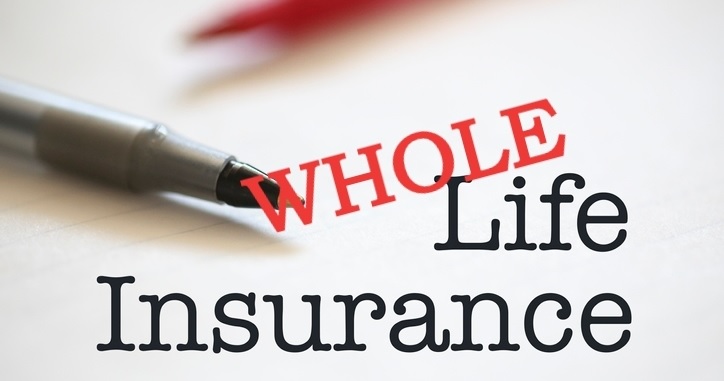When planning for the future, financial security often takes center stage. One essential tool in achieving this security is whole life insurance, a type of permanent life insurance that provides coverage for your entire lifetime, as opposed to a set term. This article explores what whole life insurance entails, its benefits, considerations, and how it compares to other types of insurance.
Daftar Isi
What is Whole Life Insurance?
Whole life insurance is a type of life insurance that remains in force for the insured’s entire life, as long as premiums are paid. It provides a death benefit to beneficiaries upon the insured’s death, along with a cash value component that accumulates over time, tax-deferred.
Key Features of Whole Life Insurance:
- Lifetime Coverage: Unlike term life insurance, which covers a specific period (e.g., 10, 20, or 30 years), whole life insurance covers you for your entire life, as long as premiums are paid.
- Cash Value Accumulation: A portion of your premium payments goes into a cash value account, which grows over time at a guaranteed rate of interest set by the insurance company. This cash value can be accessed during your lifetime through policy loans or withdrawals, providing a source of funds for various needs such as emergencies, education expenses, or retirement income.
- Guaranteed Premiums: The premiums for whole life insurance are typically fixed and guaranteed not to increase for the duration of the policy, providing predictability and stability in financial planning.
- Death Benefit: Whole life insurance policies provide a guaranteed death benefit to your beneficiaries upon your death. This benefit is generally income tax-free to the beneficiaries and can help replace lost income, pay off debts, or cover final expenses.
Benefits of Whole Life Insurance:
- Financial Security: Whole life insurance offers peace of mind, knowing that your loved ones will receive a guaranteed death benefit when you pass away.
- Cash Value Growth: The cash value component provides a tax-deferred savings vehicle that grows over time, offering liquidity and flexibility in financial planning.
- Estate Planning: It can be a valuable tool for estate planning, providing liquidity to pay estate taxes or ensuring an inheritance for heirs.
- Policy Dividends: Some whole life policies may pay dividends to policyholders, which can be used to purchase additional coverage, reduce premiums, or accumulate further cash value.
Considerations:
- Cost: Whole life insurance premiums are generally higher compared to term life insurance, reflecting the lifetime coverage and cash value accumulation.
- Complexity: The cash value component adds complexity to whole life insurance policies compared to term insurance, requiring careful consideration and understanding of policy terms and conditions.
- Long-Term Commitment: Whole life insurance is designed as a long-term financial commitment. Surrendering the policy early may result in surrender charges and tax consequences.
Is Whole Life Insurance Right for You?
Whether whole life insurance is suitable for you depends on your financial goals, budget, and long-term planning needs. It may be appropriate if you seek lifetime coverage, cash value accumulation, and estate planning benefits. However, if affordability or flexibility in coverage duration is more critical, term life insurance might be a better option.
Conclusion
Whole life insurance serves as a versatile financial tool, offering both protection and savings benefits. Understanding its features, benefits, and considerations can help you make an informed decision that aligns with your financial goals and priorities.



